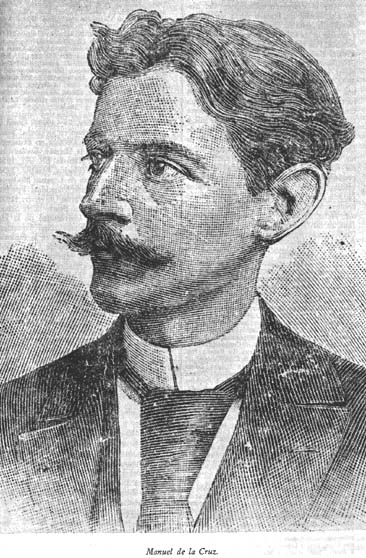3.7.12 The literary criticism exercises of Manuel de la Cruz (1861 – 1896)

Manuel de la Cruz was above all an independence activist, and this sometimes determined literary judgments governed more by this ideal than by legitimate aesthetic criteria. Impressionism characterized his critical output, much of it contained in his 1892 study “Cuban Chromos,” which chronicles the careers of prominent Cuban intellectuals of the previous decade.
From 1889, he served as a correspondent for the Argentine newspaper “La Nación,” providing information on prominent Cuban figures, including those in the literary field. This suggests his intention to define not only a political identity but also a literary one.
His text “On the Method in Literary Criticism”, from 1890, which constitutes an open letter to Aurelio Mitjans, published in the pages of “La Habana elegante”, reveals that his assertions converge both the presuppositions of positivism and an impressionist attitude and the defense of creative freedom against reductionist aesthetic creeds, such as the one that positivism itself threatened to impose through science.
In 1893, he published “El pleito del estilo” (The Pleito of Style), in which he advocated for linguistic and formal freedom that also extended to criticism. This implied the recognition of criticism as a separate field of study—though not unrelated to literary movements and scientific theories—that also entailed standards and a particular mode of expression; this evidences the influence exerted in this regard by Manuel Sanguily.
Manuel de la Cruz made a notable contribution to the dissemination of the works of Cuban poets; although, as mentioned, he sometimes favored the separatist ideal in shaping his aesthetic judgments, in this regard, he emphasized the study of the work of Aurelio Mitjans, praising his transition from autonomism to separatism and calling him the “Herald of the Poets of the Revolution.”
In 1891 he published “Historical Review of the Literary Movement on the Island of Cuba” in “Revista Cubana,” where it took on a more sober and academic tone, perhaps due to the magnitude of the undertaking and its systematizing intention and more scientific overtones.








